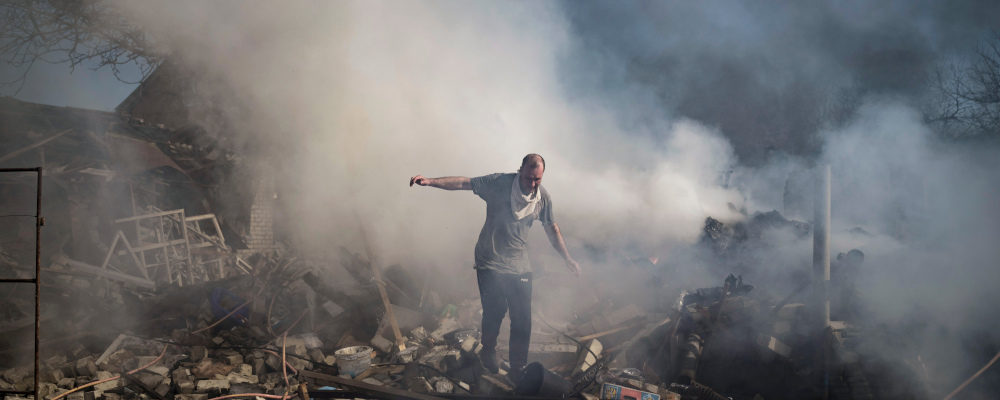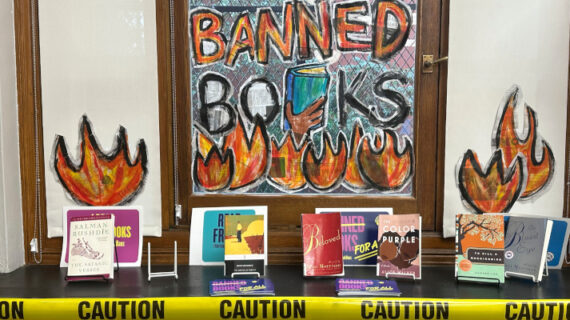In strategic terms, Ukrainian forces have defeated the initial campaign phase of the Russo-Ukrainian War where Moscow aimed to conduct rapid airborne and mechanized operations to seize Kyiv, Kharkiv, Odesa, and other major Ukrainian cities to force regime change in Ukraine.
Of the 190,000 Russian troops that invaded Ukraine, 85 percent of them are still available for combat. Heavy casualties have been taken by elite units like the Airborne, Spetznaz, and the elite 1st Guards Tank Army.
According to Ukrainian intelligence, in the next few days Belarus will join Russia in its invasion of Ukraine, likely near Poland’s border with Ukraine.1“A senior NATO intelligence official said separately that the alliance assesses that the Belarusian government ‘is preparing the environment to justify a Belarusian offensive against Ukraine.’ Russia has launched its attack on Ukraine in part from Belarus’ territory, and thousands of Russian troops amassed in Belarus ahead of the Kremlin’s invasion of Ukraine last month, which the two countries had claimed was for training exercises.” https://www.cnn.com/2022/03/22/europe/belarus-ukraine/index.html
During the campaign, we have seen four axes of attack; the northern and central axis of attack has mostly stalled around Kyiv and north of Kharkiv and the Russians have dug in, giving up the initiative to Ukrainian Forces. The axis of attack on Kharkiv has fared better, and it’s the advance in the south that has made the most progress to date.
On the Belarus-to-Kyiv axis, you find the 29th Combined Arms Army, the 35th Combined Arms Army, and the 36th Combined Arms Army, all of the Eastern Military District.
On the eastern Russia-to-Kyiv axis, you see the 41st Combined Arms Army and the 2nd Guards Tank Army, both of the Central Military District.
On the Russia-to-Kharkiv axis, you have the 1st Guards Tank Army and the 20th Combined Arms Army, both of the Western Military District—this is viewed as the main Russian striking arm against NATO.
On the southern Mariupol-to-Odesa axis, you see the 8th Combined Arms Army, the 58th Combined Arms Army, and the 49th Combined Arms Army. All from the Southern Military District. The most successful operations to date have been the southern coastal operation led by units of the Southern Military District. Its commander, General-Colonel Aleksandr Dvornikov, has been the most successful commander on the battlefield to date.
He will likely be either the next Chief of the General Staff or Defence Minister replacing the current leadership in an almost certain purge already underway of the Russian military leadership.2“Russian President Vladimir Putin is conducting purges of military generals and intelligence personnel, including arrests of FSB (Federal Security Service) officers, according to an analysis by the Institute for the Study of War, a Washington-based think tank, which cited Ukrainian officials and media reports. The institute said that Ukrainian Secretary of the National Security and Defense Council Oleksiy Danilov estimated on Wednesday that Putin had replaced at least eight generals ‘due to their failures in Ukraine’ and authorities have detained personnel from the FSB’s 5th Service, which the institute said is responsible for gathering information on the political situation in Ukraine.” https://www.timesofisrael.com/putin-said-to-be-conducting-internal-purge-of-military-generals-intel-personnel/
Today the Russian army has suffered from a number of issues on the battlefield. This is keeping in mind that the Russian army has never been a fast-moving organization ideally suited for lightning war—as much as it would like to be perceived that way.
The Russian army is a steamroller that fights a war of attrition against its opponents crushing them with sheer numbers of personnel and equipment.
To date four weeks in:
- Russia does not have air superiority.
- It’s using penny packets of tactical battalion groups and regiments to attack objectives instead of overwhelming force.
- There is a reluctance to employ airpower in support of ground power.
- Similarly, Russian artillery is being used to attack civilian targets and infrastructure and not to support ground forces in attacks.
- There are clear gaps in logistics, sequencing, and planning.
- The Russian army has not fought in a built-up area since 1945.
- The Russians have suffered from poor intelligence that has been politicalized and there is a clear cognitive disconnect.
- Ukrainian forces have just seized part of one of Russia’s most advanced electronic warfare systems, the Krasukha-4 command module outside of Kyiv. The system is designed to jam low-orbit satellites, drones, missiles, and to track NATO aircraft. It is a potential treasure trove of Electronic Warfare intelligence for Ukraine and NATO if acted upon quickly and preserved from Russian attacks.
- Russian military communications are dependent on a G3 network but Russia destroyed that network early in the first phase of the campaign. This relegated Russian commanders to communicate through unscrambled cellular phones and the whole world is listening in.
- We have not seen Russia’s expertise in hybrid warfare come into play.3“The Russian military defines a ‘hybrid war’ as a strategic-level effort to shape the governance and geostrategic orientation of a target state in which all actions, up to and including the use of conventional military forces in regional conflicts, are subordinate to an information campaign.” https://www.understandingwar.org/report/russian-hybrid-warfare
- Russian commanders, in their drive to the cities, have seen their field hospitals left far behind the front. Bad wounds among Russian soldiers fighting at the front become fatal wounds and the Russian death toll will be much higher than their opponents and far higher than their own wounded rate. Some 10-15,000 Russian soldiers are estimated as dead.4“That number tallies with information shared with CNN by US and NATO officials, who gave a recent estimate that Russian casualties range from between 3,000 and 10,000. Ukrainian officials have claimed the toll is even higher, at more than 15,000. CNN has been unable to verify the overall number of Russian deaths.” https://www.cnn.com/2022/03/23/europe/ukraine-war-russian-soldiers-deaths-cmd-intl/index.html
- The Western Military District and Southern Military districts of Russia’s military are its best. About half the troops have been drawn from the Central and Eastern military districts and they are lackluster at best. You are seeing that on the battlefield.
In conclusion, Russia’s strategic objective is to take Ukraine and replace its government. Ukraine’s objective is to hold its territory including Crimea and the Donbas. Neither power is there yet in terms of winning the war, but Russia can still walk away with Ukraine’s cities destroyed and the Donbas and the southern coast in its hands, leaving Ukraine land-locked.
On March 25th, Colonel-General Sergei Rudskoi, first deputy chief of the Russian General Staff, gave a briefing to the Russian press with an assessment of the first month of the war. In the briefing, Rudskoi claimed Russian forces have completed “the main tasks of the first stage of the operation.” He falsely asserted that Russia has heavily degraded the Ukrainian military and that has allowed Russia to focus on the “main goal” of capturing Donetsk and Luhansk oblasts. This might suggest that Russia may just consolidate its holdings and gains in the Donetsk and Luhansk oblasts and Ukraine’s southern coast in campaign phase two of the war. But the bulk of all Russian forces remains in the north near Kyiv, making it the clear top priority of the Russian High Command. There are currently no movements from the north to the south, casting some doubt on the goals of phase two.
Lastly, taking Ukraine and holding Ukraine are two different things and we are seeing the seeds of insurgency now. The hatred of all things Russian in the Ukrainian people’s minds is there for the foreseeable future. Russian gains on the battlefield will not come without further blood and treasure. This will make holding Ukraine as great a challenge as invading in the first place.




